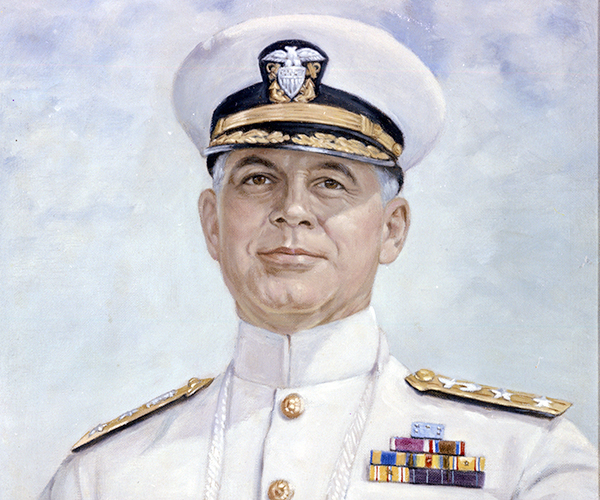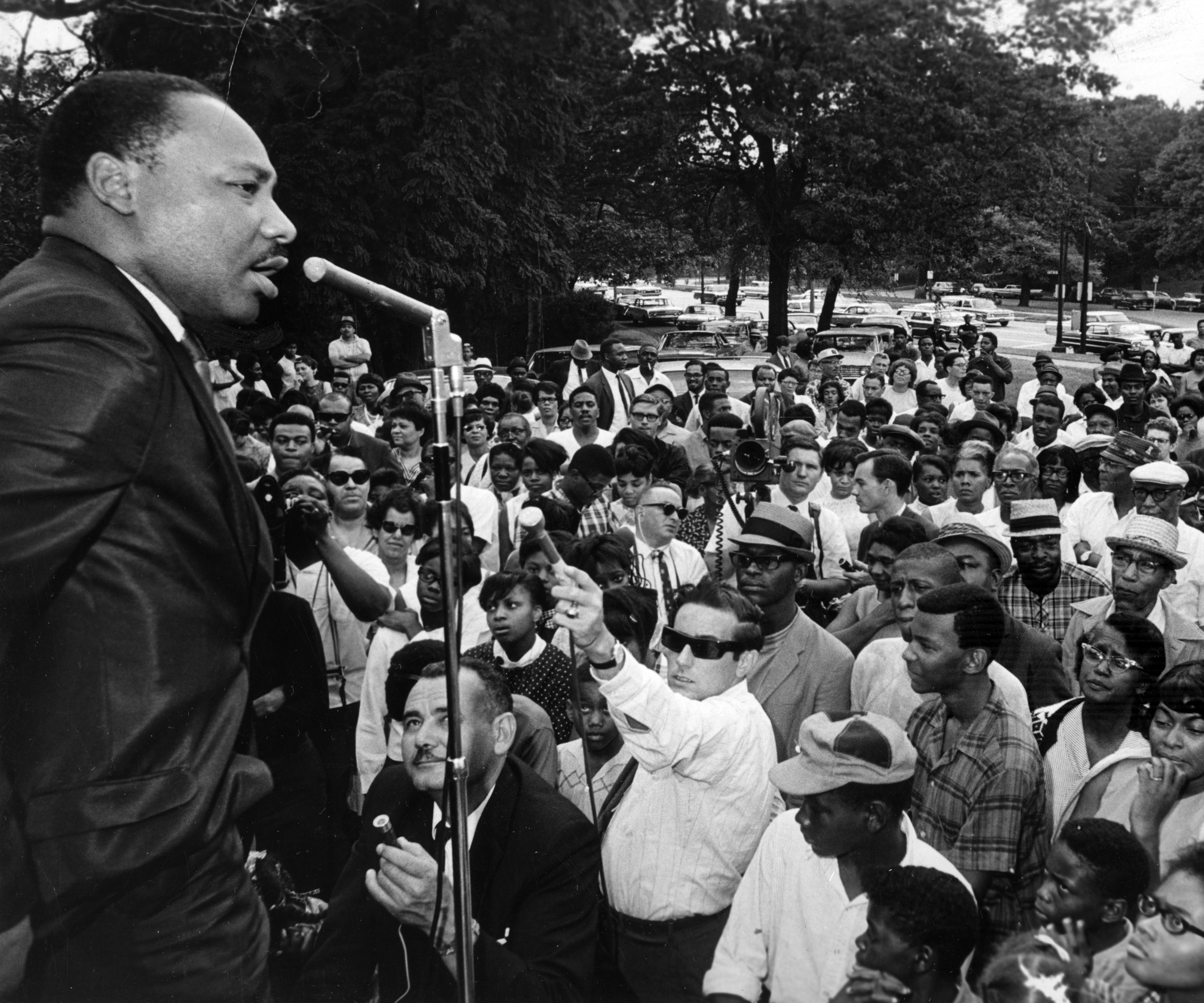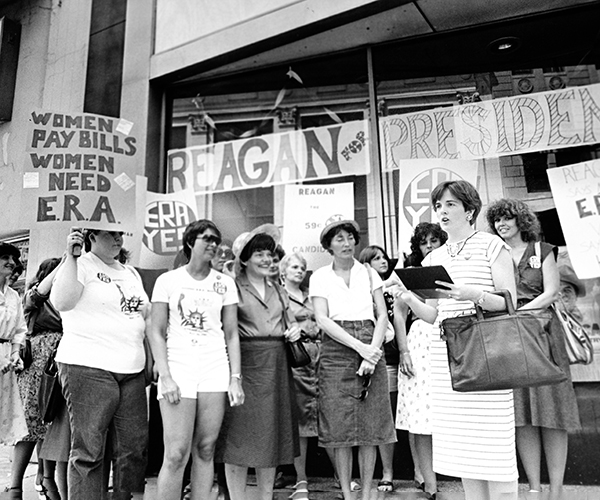Cleveland's downtown was "dressed, like a widow, in the weeds of mourning," on April 28, 1865, the Cleveland Leader lamented. Black drapes covered the windows of the Hower and Higbee store. The pillars of the Weddell House at Superior and Bank (now West Sixth) streets were "wreathed with white and black coils of drapery." Abraham Lincoln had slept there on his way to his 1861 inauguration; now, all that remained of the slain president was returning to Cleveland for his second, final visit.
Lincoln's funeral train pulled into the lakefront depot as newspapers announced the death of John Wilkes Booth, the actor who had assassinated the president two weeks earlier. Clevelanders had seen Booth emote on the stage of John Ellsler's Academy of Music on Bank Street in 1863.
A horse-drawn hearse brought Lincoln's casket to a hastily raised, pagodalike pavilion in Public Square. After a brief service, a double line of mourners passed by the open casket. Visitors streamed into the city from the Ohio countryside, Pennsylvania, Michigan and even Canada. Despite a steady rain, an estimated 100,000 people came through the square in 12 hours, twice the 43,417 Clevelanders counted in the 1860 census. Long after dark, the coffin was closed and brought through a downpour to the Nashville locomotive to continue to the president's final resting place in Springfield, Illinois.



